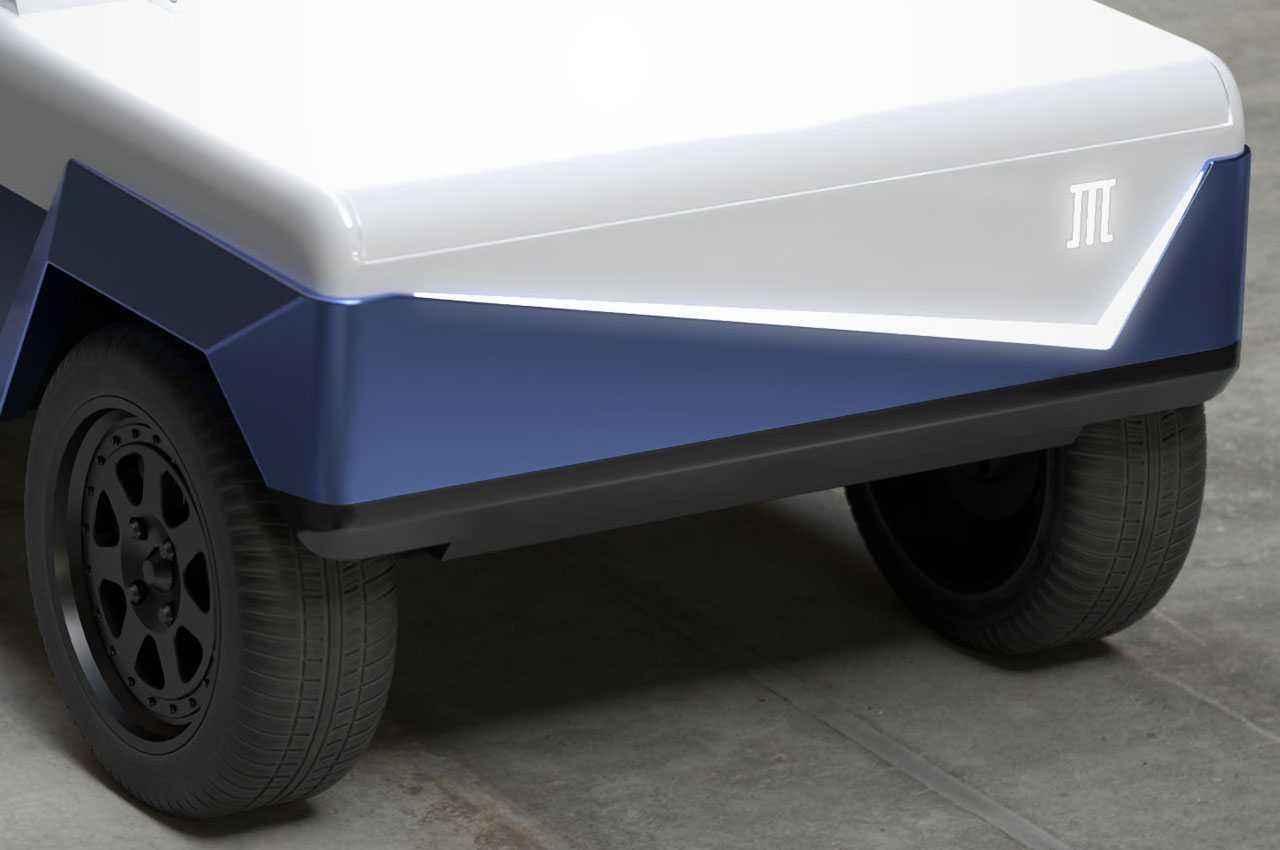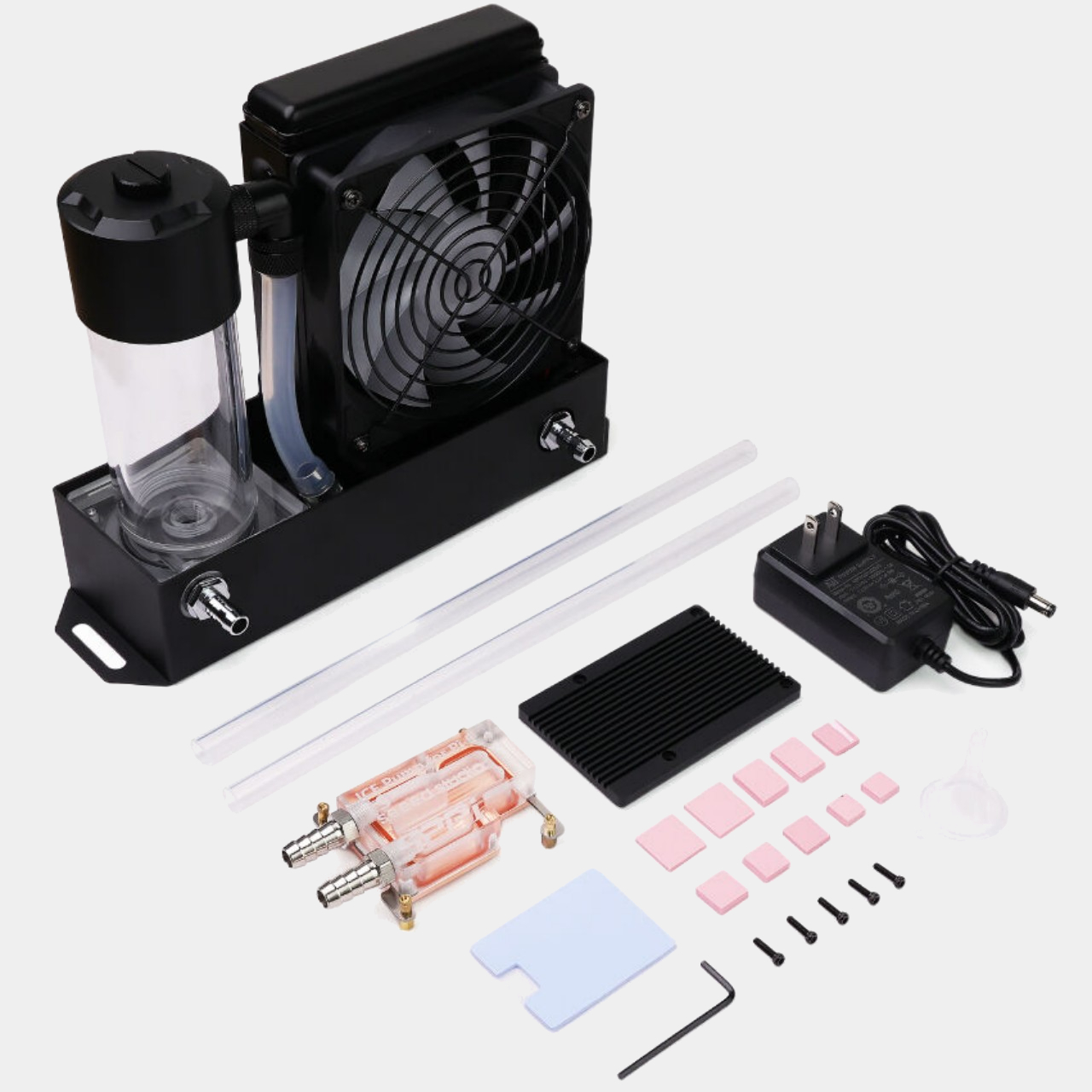Block is the latest notable tech company to lay off hundreds of workers, according to reports. CEO Jack Dorsey is said to have informed employees that the company is firing a "large number" of them, with Cash App, Square and the foundational (i.e. operations) teams bearing the brunt of the impact. According to a Business Insider source, Block is letting go nearly 1,000 people.
Dorsey reportedly wrote in his memo that the company is becoming leaner. It laid off around 40 people from the Tidal team in December. Last year, Block said it planned to limit its headcount to around 12,000 workers, a reduction from the around 13,000 it had in late 2023. Engadget has contacted Block for confirmation of the layoffs.
While it was initially expected that the layoffs would take place over a period of months, executives reportedly opted against that in favor carrying them out at the same time. "Why is so much happening in one single day? All of these teams were confident in the direction they're taking, and were ready to take action within the same 2-3 weeks," Dorsey is said to have written in his memo. "We decided it would be better to do [it] at once rather than arbitrarily space them out, which didn't seem fair to the individuals or to the company. When we know we need to take an action, we want to take it immediately, rather than let things linger on forever."
The tech industry has shed tens of thousands of workers over the last year or so, including thousands this month alone across companies including Unity, Twitch, Amazon, Meta, Microsoft, eBay and Google. It also emerged on Tuesday that PayPal is firing around 2,500 people.
This article originally appeared on Engadget at https://www.engadget.com/block-is-reportedly-laying-off-around-1000-workers-205319045.html?src=rss



















